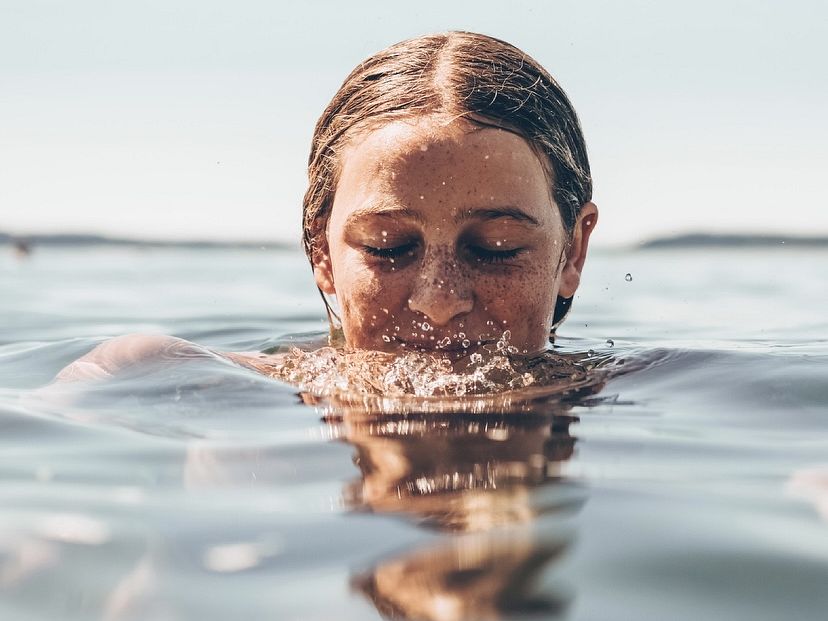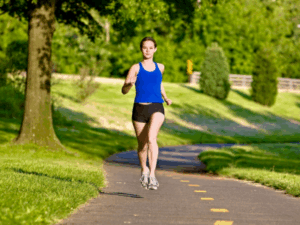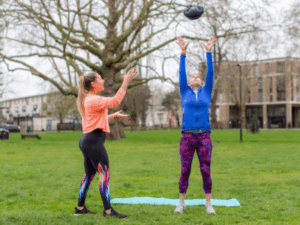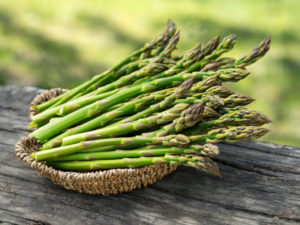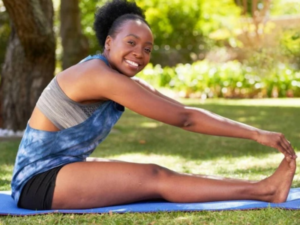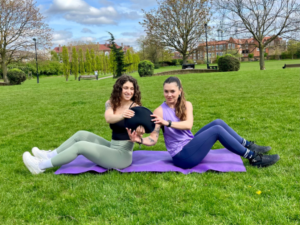With public swimming pools closed for much of the last year, more and more people have discovered outdoor swimming (also known as ‘wild swimming’ and ‘cold water swimming’). It has recently been described by the BBC as “Britain’s new craze”. So if you’re considering dipping your toe in the water, what do you need to know?
Here, the KBPT team answers some of your questions about this invigorating hobby. As swimming outdoors can pose some risks, we also recommend that you read the advice on the Outdoor Swimmer and Wild Swimming websites.
What do I need?
The great thing about wild swimming is that you don’t need much! Just your cossie (we recommend our friends at Deakin & Blue, a swimming cap and goggles. You should also take a towel and warm clothes (including a hat and gloves) for after your swim – and don’t forget your flask so you can have a hot drink.
Is wild swimming safe?
Like any outdoor adventure, there are some risks, so it’s a good idea to do the following:
Check the weather, tides, and currents beforehand.
1. Let someone know where you’ll be and swim with other people where possible.
2. Do some stretches before you get in the water (e.g. shoulder rotations and lateral arm raises).
3. To avoid cold water shock, ease yourself into the water rather than jumping in.
4. If you start struggling to swim or you get into trouble in the water, get out or float.
5. To avoid ‘after drop’ (where your body temperature continues to go down even when you’re on dry land), get dressed as soon as you get out of the water.
You can find more detailed safety advice on the Outdoor Swimmer website.
Why is it good for me?
As an article on the Wild Swimming website puts it, “There is something slightly naughty, a little bit scary and wonderfully invigorating about leaving your wetsuit at home, and entering open water with just your skin (and perhaps a swimming costume) between you and the elements.”
In fact, outdoor swimming has long been known to have benefits for both physical health (it improves circulation, boosts the immune system, and burns calories) and mental health (it encourages you to be present at the moment, connect with nature, and gives you a shot of endorphins that boost your mood).
The Mental Health Swims website has lots of stories about how cold water swimming has helped people’s well-being.
Where are the best places to wild swim?
There are some great venues in and around London where you can swim in open waters. You could even join a local club and meet like-minded swimmers.
Why not check out Hampstead Heath Ponds, the Royal Docks, or West Reservoir? If you’re not quite ready for proper cold water swimming but still want to be outdoors, start at one of the city’s many lidos (e.g. Brockwell, London Fields, and Tooting Bec). If you’re looking for somewhere further afield and fancy a salty swim, our founder Kate highly recommends the stunning North Devon coast, especially Saunton Sands.
Check out the map on the Wild Swimming website and the list of wild swimming groups on the Outdoor Swimming Society website
If you’d like to improve your general fitness for swimming, contact Kate at kate@kbpersonaltraining.co.uk to find out how KBPT can help you.

